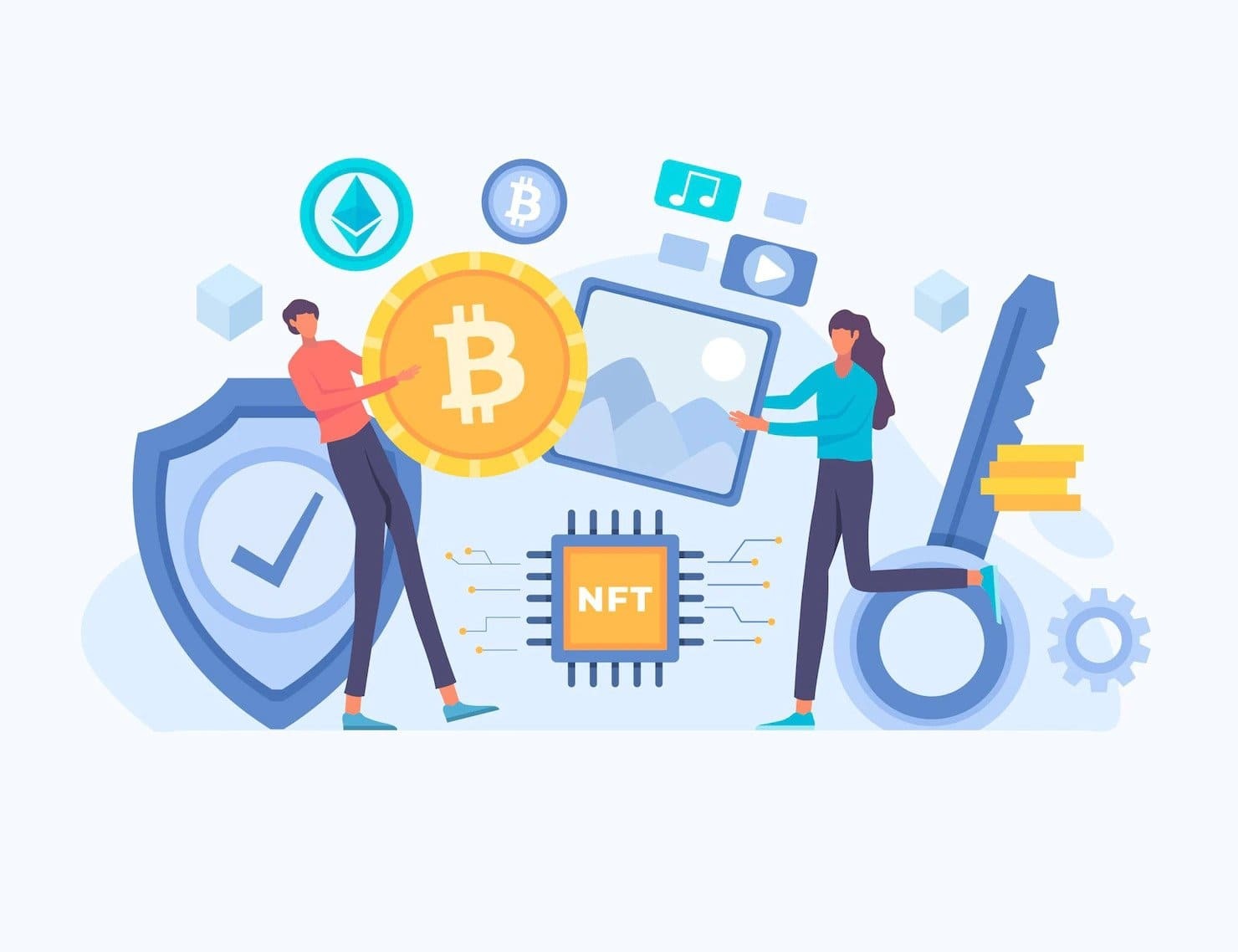NTFs For Dummies
You’ve probably heard the term NFT or seen something to do with NFTs on social media. If you haven’t, you’re no different from my grandfather during the dot-com boom in the 90s; I wonder what he was doing then. If you’ve come across the term and haven’t been able to wrap your head around it, it’s okay, you aren’t late to the party.
Let’s dig deeper into what NFTs actually are. The term stands for Non-Fungible Tokens. But that doesn't make it any more comprehensive, does it? Don't cry yet, we're getting there.
“Non-fungible” means that the item is unique (=the only one existing of its type) For starters, I will use the opposite to explain this a bit more. When it comes to fungible items like money, case in point $50 notes, each $50 note has the same value and is not unique in any way. If you gave me a $50 note and asked me to return it tomorrow, it wouldn’t make any difference, whether I returned the same exact note or not; they are valued the same. An example of a non-fungible item is The Mona Lisa: There can only exist one original piece regardless of how many fakes we have. The NFT technology helps to assign ownership of the original piece of an item which is more valuable.
How It Works
NFTs are designed and stored on a blockchain network in form of tokens. The most common network used is Ethereum which is cryptocurrency just like Bitcoin and Dogecoin, although other blockchains such as Cardano and Solana also support NFTs.
NFTs can be anything digital; a drawing, music, avatars, domain names, a title deed that is tied to an actual land. But going by the numbers, a lot of hype going around is mostly because of digital art. A few of the most successful ones are Azuki, Hape Beast, BAYC(Bored Ape Yacht Club) which you've probably seen some of your favorite celebrities flaunt.
NFTs get traded on open marketplaces which allows buyers to either directly purchase or get involved in an auction. The blockchain technology helps to keep a permanent record of when that NFT changes hands. To get started on trading, one would require a crypto wallet which allows you to store your NFTs. Afterwards, you can create an account on an NFT marketplace which would serve as the place where you buy or list the NFTs you'd want to sell.
“But I can just screenshot or right click and download the items to my computer” - Well that’s dumb because with the blockchain, we could easily verify ownership of the tokens. It’s just like repainting the Mona Lisa or taking a picture of it and printing it and claiming to own it. It cannot be as valuable as the original. NFTs allow you to own something that can’t be copied.
I mentioned title deeds and I want to expound a bit more on how we can leverage NFTs in future using this example. Imagine if anytime you bought land you got a token used to verify that you are the actual owner? We would be able to get rid of all the fake title deeds and be able to make it really hard for one to be conned into buying land. The exciting part is that it wouldn't require intermediaries. On the flipside for our country Kenya, that would take a lot because the Lands Commission wouldn’t probably agree to represent all land titles as NFTs. But I hope this gives a clear picture.
I foresee NFTs bringing an exciting future especially for digital creatives and learning about it early will only get you ahead in this technological revolution.
There has never been a better time to start learning blockchain.
